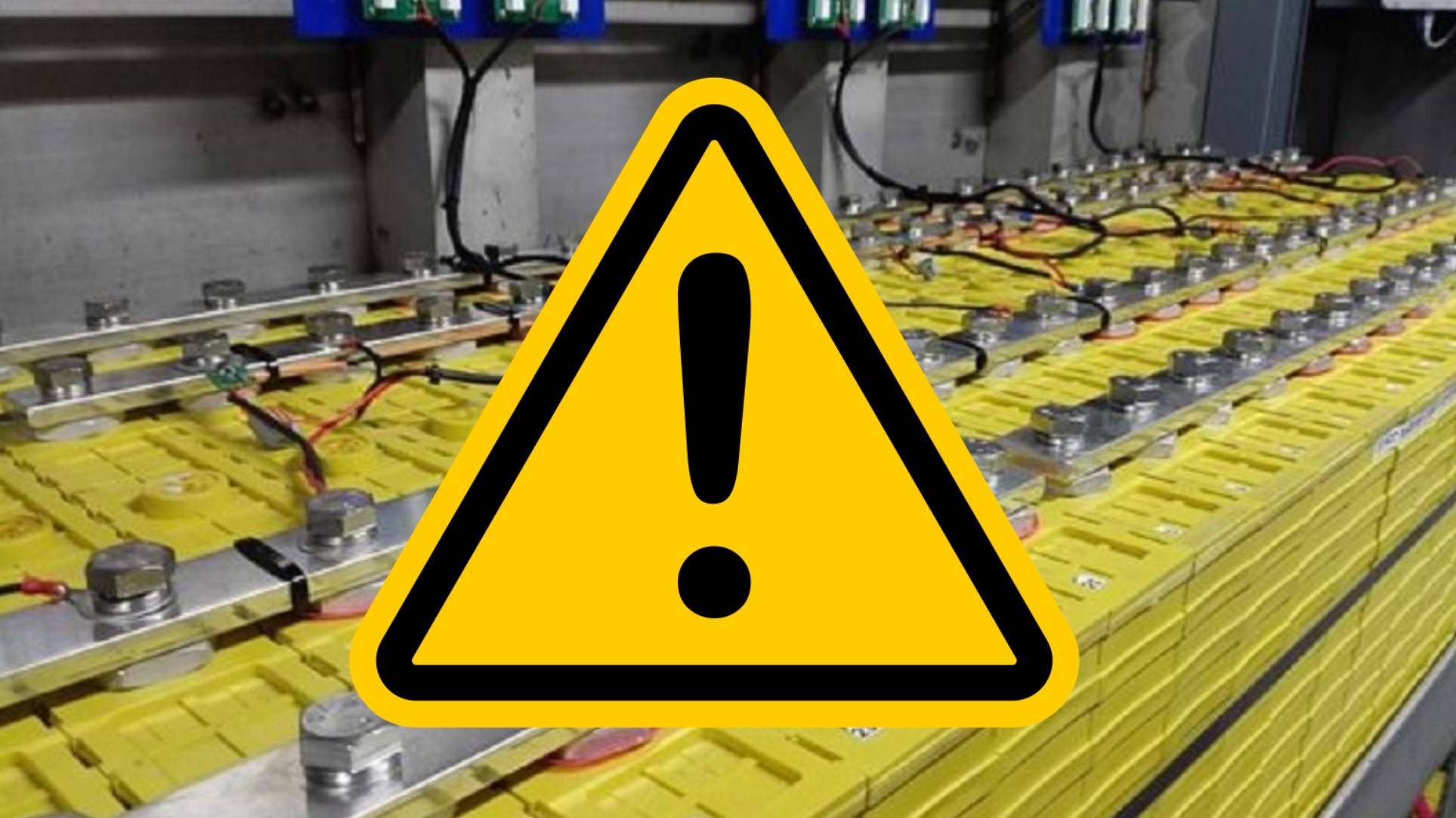Residents of Warwick have expressed relief following the removal of hazardous lithium-ion batteries that were emitting fumes. Local authorities acted swiftly to address safety concerns, implementing measures to ensure community health and prevent future incidents related to battery storage and management.
What Led to the Removal of Lithium-Ion Batteries in Warwick?
The removal of lithium-ion batteries in Warwick was prompted by increasing reports of fumes and potential fire hazards associated with improperly stored batteries. Local authorities conducted inspections and identified several locations where these batteries posed significant risks to public safety.
| Cause | Description |
|---|---|
| Fume Emissions | Reports of harmful fumes from batteries |
| Fire Hazard | Potential risk of combustion |
| Community Safety Concerns | Urgent need for action to protect residents |
What Risks Do Lithium-Ion Batteries Pose?
Lithium-ion batteries can pose several risks, particularly when damaged or improperly handled:
- Thermal Runaway: A condition where a battery overheats and can ignite.
- Toxic Fumes: Emission of harmful gases can occur if batteries are compromised.
- Physical Damage: Punctured or damaged batteries can lead to leaks or fires.
| Risk | Description |
|---|---|
| Thermal Runaway | Overheating leading to fire |
| Toxic Fumes | Harmful gases emitted during failure |
| Physical Damage | Compromised safety due to impacts |
How Were the Batteries Removed Safely?
The removal process involved several key steps:
- Identification: Authorities conducted thorough surveys to locate all hazardous batteries.
- Specialized Teams: Trained professionals handled the removal, adhering to strict safety protocols.
- Proper Disposal: Removed batteries were transported to designated recycling facilities equipped for safe handling.
| Step | Description |
|---|---|
| Identification | Survey conducted for hazardous battery locations |
| Specialized Teams | Professionals trained in safe removal procedures |
| Proper Disposal | Transported to recycling facilities |
What Measures Are Being Implemented to Prevent Future Issues?
To prevent future incidents, local authorities are implementing several measures:
- Regular Inspections: Routine checks on battery storage areas will be conducted.
- Public Awareness Campaigns: Educating residents on safe battery disposal and storage practices.
- Improved Regulations: Stricter guidelines for battery management will be enforced.
| Measure | Description |
|---|---|
| Regular Inspections | Ongoing checks for safety compliance |
| Public Awareness Campaigns | Education on proper handling and disposal |
| Improved Regulations | Enhanced guidelines for battery management |
Why Are Residents Concerned About Lithium-Ion Batteries?
Residents are concerned about lithium-ion batteries due to their potential hazards, including fire risks and exposure to toxic fumes. The recent incidents have heightened awareness about the importance of proper battery management and safety protocols within the community.
| Concern | Description |
|---|---|
| Fire Risks | Fear of potential fires from faulty batteries |
| Toxic Exposure | Health concerns related to fume emissions |
How Do Lithium-Ion Batteries Emit Fumes?
Lithium-ion batteries can emit fumes due to:
- Overcharging: Excessive charging can lead to overheating and gas release.
- Physical Damage: Punctured or damaged cells can leak electrolyte fluids that produce harmful vapors.
- Aging: Older batteries may degrade, resulting in chemical reactions that emit gases.
| Emission Cause | Description |
|---|---|
| Overcharging | Leads to overheating and gas release |
| Physical Damage | Compromised cells leak harmful vapors |
| Aging | Degradation causes chemical reactions |
Redway Battery provides high-quality lithium batteries that can be used as replacements or complements to traditional battery technologies, ensuring reliable energy storage solutions.
Buy Wholesale Battery Tips
For businesses looking to purchase batteries suitable for various applications, partnering with a reliable manufacturer is essential.Redway Battery, with over 13 years of experience, is an excellent choice for battery wholesale buyers or OEM orders clients overseas. To place an OEM order from Redway:
- Identify your specific battery requirements.
- Contact Redway’s sales team with your specifications.
- Discuss pricing, minimum order quantities, and lead times.
- Finalize your order details and confirm production timelines.
This process ensures you receive top-notch products tailored to your needs while benefiting from competitive pricing.
Industrial News
Recent developments in battery safety regulations have highlighted the need for improved management practices regarding lithium-ion batteries. As electric vehicles and portable electronics become more prevalent, regulatory bodies are focusing on ensuring safe storage and disposal methods. The emphasis on community safety has led to increased awareness and proactive measures among local authorities.
Redway Expert Views
“Addressing lithium-ion battery risks is crucial for community safety,” states an expert at Redway Battery. “By implementing effective management strategies and educating residents, we can significantly reduce hazards associated with these technologies.”
Frequently Asked Questions About Lithium-Ion Battery Safety
- What are the main risks associated with lithium-ion batteries? Risks include thermal runaway, toxic fume emissions, and physical damage leading to leaks.
- How can residents mitigate these risks? By following proper storage guidelines, disposing of old batteries correctly, and staying informed about safety measures.
- What actions did local authorities take regarding these batteries? They conducted inspections, removed hazardous batteries, and implemented new safety measures.
- Why is community awareness important? It helps residents understand safe practices related to battery usage and disposal, reducing risks associated with potential hazards.




